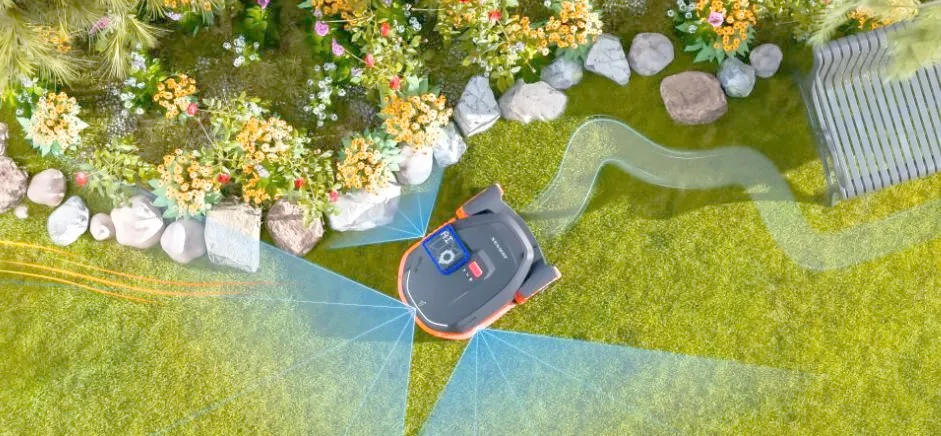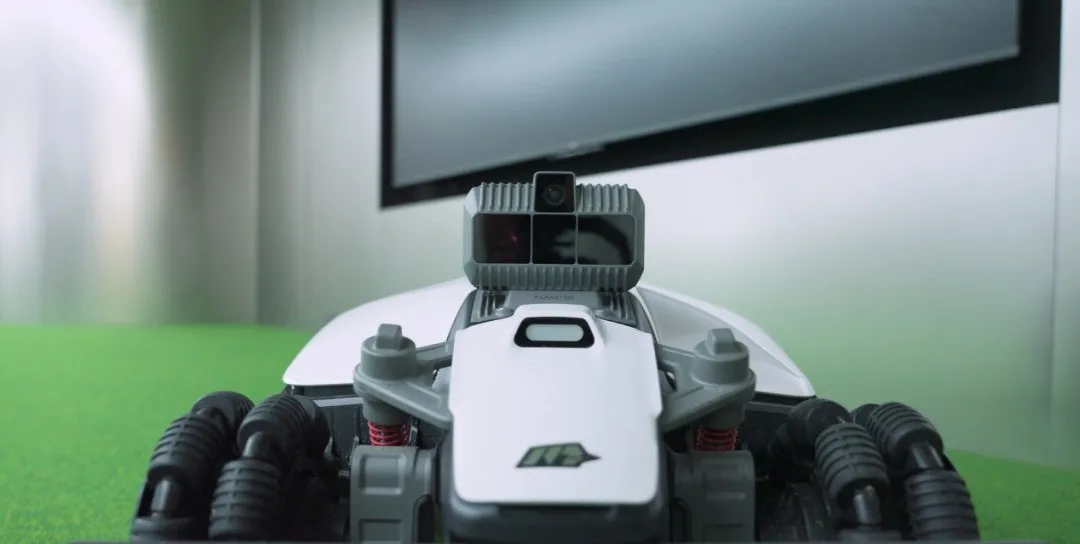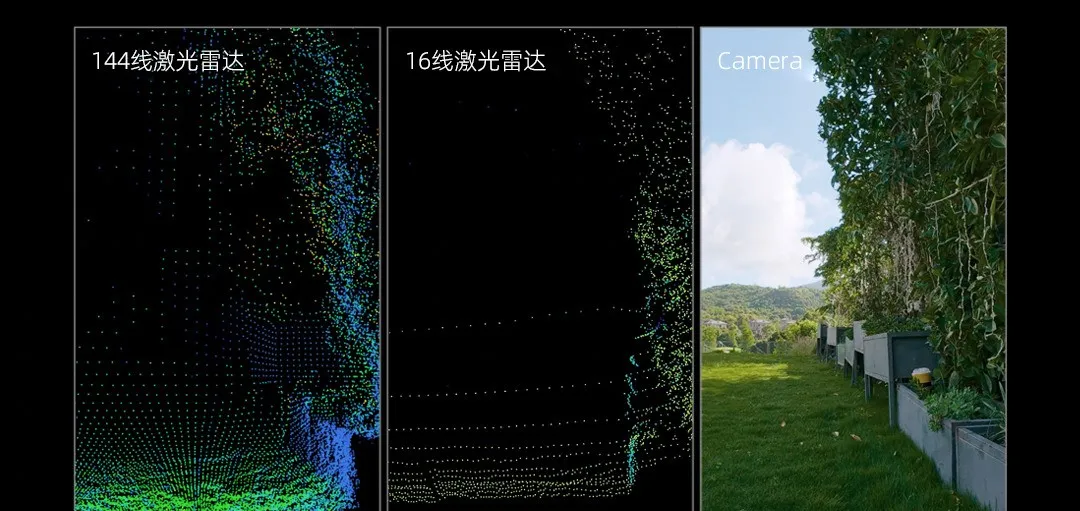Industry News | Intelligent lawn mowers may become the world of high-precision LiDAR
In 2025, LiDAR opened its first large-scale application market in consumer robots: lawn mowing robots.
However, not all lidars are suitable for lawn mowing robots. The difference between low line lidars and high line lidars is significant, just like two types of sensors. Low line lidars with less than 20 lines are being abandoned, and lawn mowing robots will open up a trillion dollar consumer robot market for high line lidars.

Lawn mowers will be the world of high line count LiDAR
The trend of lawn mowing robots' demand for high line count LiDAR is very obvious:
The Sagitar E1R, which received an order of 1.2 million units from KUMA, is a 144 line digital solid-state LiDAR;
The Lanwo Mid-360, which received 1 million orders from Zhumi, is an equivalent 40 line simulated LiDAR;
The Hesai JT16, which received an order of 300000 units from Zhumi, is a 16 line simulated LiDAR.
From the relationship between the number of lines and order quantity, it can be seen that 'the higher the number of lines, the greater the order quantity'.
Sagitar Juchuang, which has already mass-produced 192 line and 144 line digital LiDAR, stated that its digital LiDAR has received orders from other leading lawn mowing robot manufacturers before Zhumi, several of which are exclusive partnerships.

For the lawn mowing airport scene, if the number of laser radar lines is less than 20, not only is the mapping efficiency low, but small obstacles such as small balls and stones cannot be seen, resulting in collisions or blade damage of the lawn mowing robot. In addition, traditional simulated mechanical radar has limited lifespan and reliability, and cannot adapt to the climate conditions in Northern Europe and North America.
In contrast, the high line count LiDAR with over 100 lines can not only see small obstacles such as balls and stones clearly, but also perform particularly well in complex courtyard environments with stairs, hedges, fences, and other boundaries. The lawn mowing robot equipped with the high line count LiDAR performs particularly well in edge mowing. Compared with traditional low line count LiDAR, it has rich point cloud information, which can clearly identify obstacles such as lawn edges, flower beds, steps, etc. The contour details are exquisite, and the distance to obstacles can be accurately controlled during edge mowing, avoiding collisions and reducing weed residue.

That is to say, the number of laser radar lines should be over a hundred, and the higher the better. Low line numbers of laser radar have little effect on improving the lawn mowing robot, but instead may cause potential damage risks. The demand for lawn mowing robots is actually a microcosm of the demand for laser radar performance in consumer robots in application scenarios. Only with high line count and high-performance perception ability can first-class robots be created.
From a technological perspective, high line count digital LiDAR is a more advanced product than low line count analog LiDAR. The characteristics of digitization are small size, high performance, high line count, and customizability. Under intersection, analog LiDAR cannot achieve the coexistence of high line count and small size. So low line analog LiDAR is currently being phased out by the industry, especially for products below 20 lines.
At present, Sagitar Juchuang is the first company in the world to achieve mass production of digital high line count LiDAR. Its popular E1R is the 144 line digital solid-state LiDAR that will be mass-produced in 2024. Its world's first 192 line hemispherical digital LiDAR Airy, released at CES, is only the size of a ping-pong ball. The two products have not only been mass-produced and delivered, but also provided developers with an e-commerce purchasing channel.
Newer manufacturers have also joined the camp of digital LiDAR, such as Liangdao releasing the Gen2 Lite, a digital solid-state LiDAR that rivals the Sagitar E1R.
High line count LiDAR enters trillion dollar consumer robot market
With the large-scale application of high line count LiDAR by lawn mowing robots, the generalization of digital LiDAR will be promoted, and its performance and cost will quickly approach the range that various consumer robots can afford. At the same time, as the first large-scale application of consumer robot products, lawn mowing robots will also be able to transfer the accumulated perception algorithm technology related to LiDAR to other consumer robots, greatly accelerating their productization and mass production process. In the near future, various types of automated/semi automated machines in our daily scenarios can evolve into intelligent consumer robots.
The enterprise that has gained the greatest advantage in the laser radar market for lawn mowing robots will also prioritize the leading advantage and head effect in the upcoming consumer robot market, becoming the leader in laser radar for future consumer robots, and even the sensor leader for future humanoid and embodied robots. The future of robots will be a trillion dollar market ten times larger than cars!
Disclaimer: The above content is sourced from Clever School, and the copyright belongs to the original author. If there are any copyright issues with the work, please let us know and we will handle them promptly!